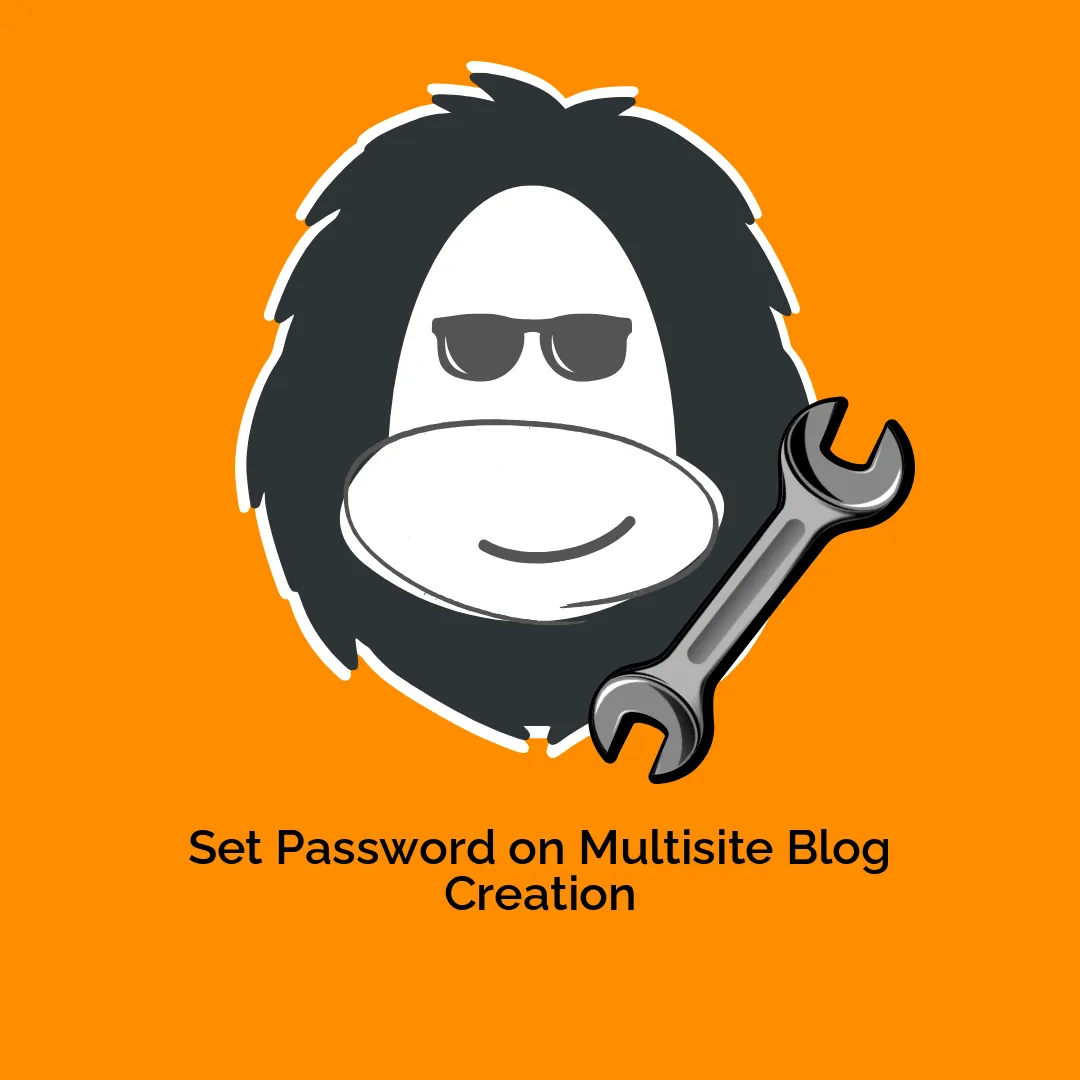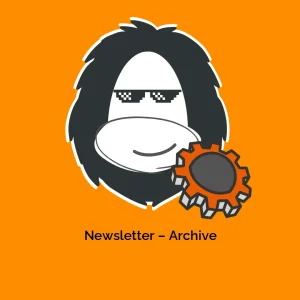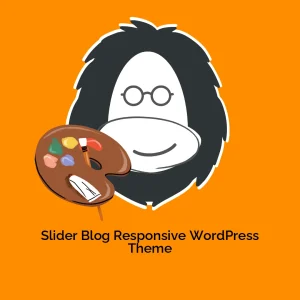Understanding the Significance of Setting a Password for Multisite Blog Creation
When you’re embarking on creating a multisite WordPress network, one of the primary considerations should revolve around the security and accessibility of your websites. Setting a password during multisite blog creation is not just a matter of preference; it’s a crucial step that can safeguard your content and provide a layer of control over who can access your sites.
The Importance of Password Protection in Multisite Networks
In a multisite setup, multiple blogs operate under a single WordPress installation. This structure can be advantageous for organizations, educational institutions, or businesses as it simplifies management and sharing of resources. However, it also opens the door to security vulnerabilities if not appropriately managed.
When you decide to Set Password on Multisite Blog Creation, you’re essentially adding a lock to your site, making it accessible only to intended users. This feature is particularly significant in environments where sensitive or confidential information is shared or when your blogs are tailored for specific audiences.
Types of Password Protection
Password protection can vary depending on your multisite setup. There are typically two routes you can explore:
-
Site-wide Password Protection: This means any visitor trying to access your blog must enter the password, regardless of the content. It’s useful for entirely private projects or works-in-progress that you don’t want anyone else to see until fully launched.
-
Individual Post or Page Password Protection: This allows you to password-protect specific posts or pages within a blog, offering more granular control. For instance, you might want to share drafts or sensitive content with select users while keeping the rest of the blog open to all.
Knowing how to set up password protection effectively can help maintain confidentiality, encourage collaboration, and ensure that your content remains secure from unauthorized access.
How to Set Password during Multisite Blog Creation
When you’re ready to create a new blog in your multisite network, setting a password is typically integrated into the blog creation process. Here’s a simple step-by-step guide on how to do it:
-
Access the Network Admin Dashboard: Begin by logging into your WordPress admin area. Once you’re in, navigate to the Network Admin dashboard.
-
Add New Site: Click on the “Sites” option and then choose “Add New.” You’ll need to fill in a few basic details like the site address, title, and admin email.
-
Password Setup: One of the options presented during the blog setup is for password protection. Here, you can create a password for your site.
-
Save Changes: After establishing the password, save the changes. Your newly created blog will now require this password for access.
It’s worth noting that meticulous management of these passwords is also essential. You should consider using a password manager to keep track of them instead of relying solely on memory. Strong passwords generally contain a mix of uppercase, lowercase, numbers, and symbols.
Enhancing Security Beyond Basic Passwords
While setting a password is an excellent start, it’s not the only measure you should consider. Here are additional strategies to enhance security for your multisite network:
-
Regularly Update Your WordPress Installation: Keeping your WordPress software, themes, and plugins updated minimizes vulnerabilities that hackers could exploit. Ensure you have auto-updates enabled, especially for plugins and themes.
-
Use SSL Certificates: An SSL certificate encrypts data transferred between the user and your site, making it harder for attackers to intercept sensitive information. This encryption is particularly crucial when users are entering passwords.
-
Implement Two-Factor Authentication: This adds an additional layer of security by requiring not just the password but also a second piece of evidence (like a text message code) to access the site.
-
User Roles and Permissions: WordPress allows you to set different user roles with varying permission levels. Be cautious about who you allow to create content on your multisite network. Limiting access to trustworthy individuals can prevent potential security breaches.
-
Monitor User Activity: Keeping an eye on what users are doing within your network can help catch suspicious activities early. Consider using security plugins that log user activity for your review.
Real-World Applications of Password Protection
Let’s put these insights into context with some real-world scenarios where password protection for multisite blog creation is essential:
Educational Institutions
Schools and universities often use WordPress multisite to create separate websites for different departments or courses. Here, password protection can ensure that course materials, grades, or sensitive communications remain confidential and are only visible to students enrolled in those specific courses.
Corporate Intranets
Businesses may run an internal communication blog within their multisite setup that shares sensitive company updates, policies, or training materials. This blog must be password-protected to prevent unauthorized access while allowing employees to stay informed.
Freelance Portfolios
For freelancers or consultants using WordPress to showcase their work, password protection can help share portfolios with selective clients, ensuring private projects aren’t viewed by the public until they’re ready for release.
Personal Blogs
If you’re running a personal blog that discusses private matters or experiences and you only want your close friends or family to access it, using password protection enables you to still share your thoughts while maintaining a level of privacy.
The Impacts of Mismanagement
Failing to set appropriate passwords or security measures can lead to a myriad of issues. Without password protection, competitors may access proprietary information, sensitive data could fall into the wrong hands, and unwanted visitors could cause disruption within your network of blogs.
Moreover, if your blogs are hacked, it could tarnish your reputation, alienating your audience and potentially leading to the loss of trust in your brand. This scenario often brings with it the daunting task of recovery, which can be both time-consuming and costly.
Best Practices for Managing Passwords in a Multisite Environment
Adopting good password management practices will help you maintain security across your network as your organization grows. Here are some best practices:
-
Regularly Change Passwords: Set a specific schedule for changing passwords for your multisite network. Regular updates enhance security as it limits the time window a compromised password may be exploited.
-
Create Strong Passwords: Ensure passwords are complex and meet strong password criteria. Avoid using easily guessed words or personal information.
-
Use Unique Passwords for Different Sites: While it might be tempting to use the same password across multiple sites, this significantly increases risk. If one site is compromised, it can lead to others being hacked as well.
-
Limit Password Sharing: If sharing passwords is necessary for your team, consider using a secure password-sharing tool that allows you to share access without disclosing the actual password.
-
Educate Users on Security: Hold training sessions for users in your multisite network to raise awareness of the importance of password security and best practices.
By prioritizing these steps and keeping up-to-date on the latest security measures, you can ensure a safer experience for users engaging with the content on your multisite blogs.
In essence, Set Password on Multisite Blog Creation isn’t merely an option—it’s a vital component of managing security and access efficiently to your WordPress network. Proper awareness, implementation, and ongoing maintenance of such practices not only protect your content but also instill confidence in your audience about the safety of their information.
Set Password on Multisite Blog Creation: Download it for Free
Here you have it, downloading Set Password on Multisite Blog Creation Plugins for free is viable and absolutely legal.
Actually, even downloading a cracked Set Password on Multisite Blog Creation is law-abiding, because the license it is distributed under is the General Public License, and this license permits the user its free modification and resale.
Thus, be relaxed: If you were in search of to buy Set Password on Multisite Blog Creation cheaply or, directly, to download Set Password on Multisite Blog Creation Plugins nulled and, thus, get it one hundred percent free,, you can do that legitimately.
Download Set Password on Multisite Blog Creation GPL: A great choice for entrepreneurs starting out
It doesn’t matter what you name it: Set Password on Multisite Blog Creation deals, download Set Password on Multisite Blog Creation Plugins GPL, download Set Password on Multisite Blog Creation without license or download Set Password on Multisite Blog Creation Plugins cracked.
It is totally within the law and something more than necessary for every entrepreneur beginning their journey.









Reviews
There are no reviews yet.